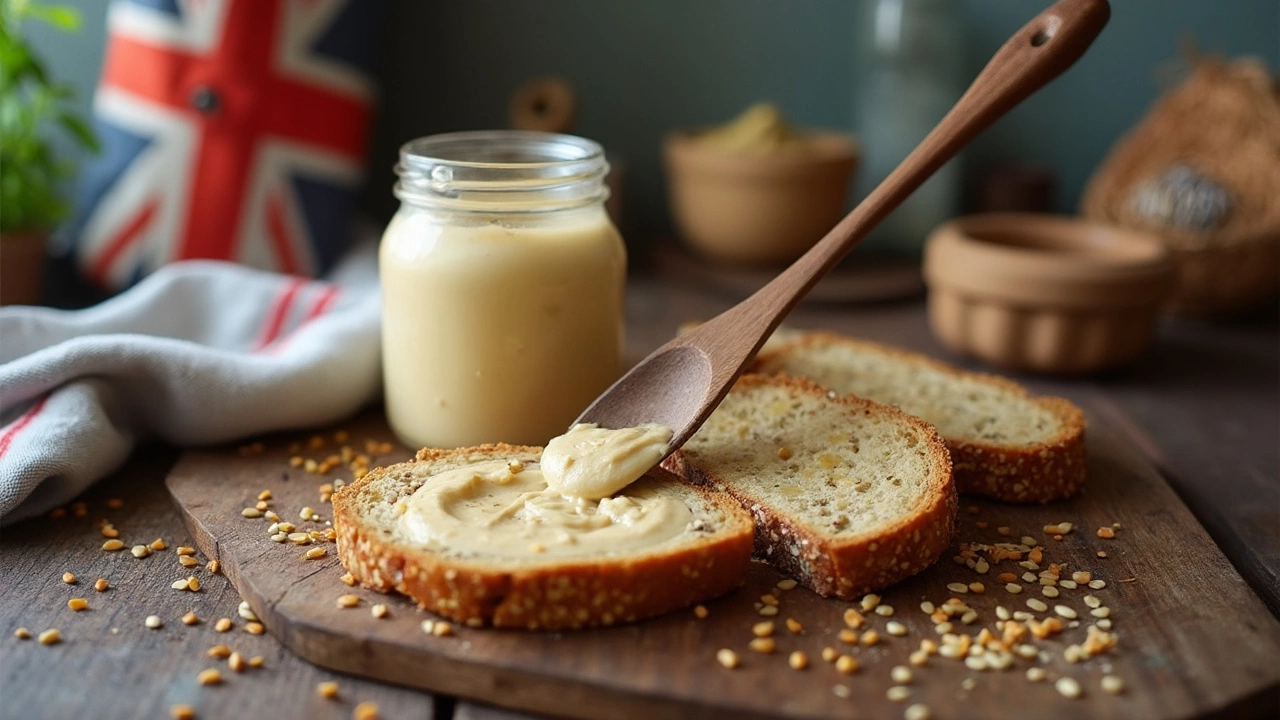
Is Tahini Gluten-Free? Everything You Need to Know
Curious if tahini is gluten-free? Get the facts about sesame paste, how it’s made, cross-contact risks, and tips for eating it safely on a gluten-free diet.
Sesame paste, often called tahini, is just ground sesame seeds turned into a smooth, oily spread. It’s creamy, a little nutty, and works in sweet and savory dishes alike. If you’ve never tried it, think of it as the secret behind hummus, a boost for sauces, or a quick way to add depth to baked goods. The best part? You only need a spoonful to change the flavor of a whole recipe.
Because it’s made from just sesame seeds and a pinch of salt, sesame paste is naturally gluten‑free and vegan. That makes it a handy pantry staple for anyone looking for a plant‑based protein source. It’s also packed with healthy fats, calcium, and antioxidants, so you get a nutritional perk along with the taste.
When you’re shopping, check the label for a short ingredient list—ideally just sesame seeds and maybe a bit of salt. If you see added oils or sugars, the paste can become too thin or overly sweet for most recipes. Stir the jar before you buy; a good paste will be thick but still flow slowly when you tilt it.
Color is another clue. Light‑gold or creamy beige usually means the seeds were roasted lightly, giving a mellow flavor. Darker brown paste means the seeds were roasted longer, which adds a richer, almost caramel note. Pick the color that matches the vibe of the dishes you plan to make.
Start small. Mix a tablespoon into salad dressings with lemon juice, a dash of honey, and a splash of water. You’ll get a silky, tangy sauce that beats store‑bought versions. For noodles, whisk sesame paste with soy sauce, garlic, and a pinch of chili flakes—instant ramen upgrades, anyone?
Bake with it too. Swap a quarter of the butter in cookie or brownie recipes for sesame paste to add a subtle nuttiness without sacrificing moisture. It works especially well in chocolate desserts because the flavors complement each other.
Don’t forget dips. Blend sesame paste with plain yogurt, cucumber, and a squeeze of lime for a quick tzatziki twist. Or blend it with avocado for a creamy spread that’s perfect on toast or sandwiches.
Store your sesame paste in a cool, dark spot and keep the lid tight. Once opened, it’s best in the fridge—this slows oxidation and keeps the flavor bright. Give it a good stir before each use; the oil may separate over time, and a quick mix restores the smooth texture.
Finally, if you notice the paste getting too thick, just stir in a teaspoon of warm water or olive oil. It’ll loosen up without diluting the flavor, and you’ll have a ready‑to‑pour condiment for any dish.
With a jar of sesame paste on hand, you’ll find new twists for old recipes and discover shortcuts for tasty meals. It’s cheap, versatile, and adds a creamy punch that most people miss out on. So grab a jar, give it a stir, and start experimenting today.

Curious if tahini is gluten-free? Get the facts about sesame paste, how it’s made, cross-contact risks, and tips for eating it safely on a gluten-free diet.